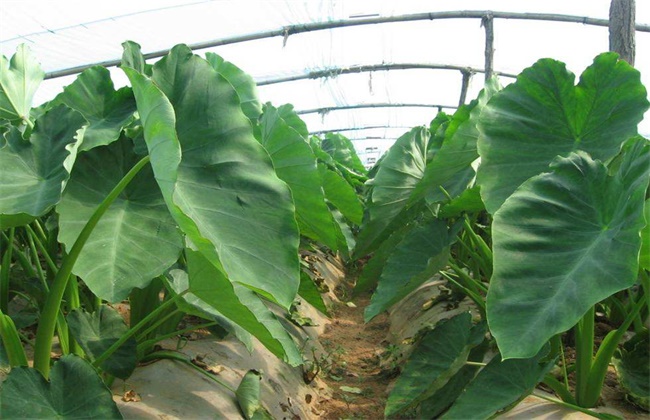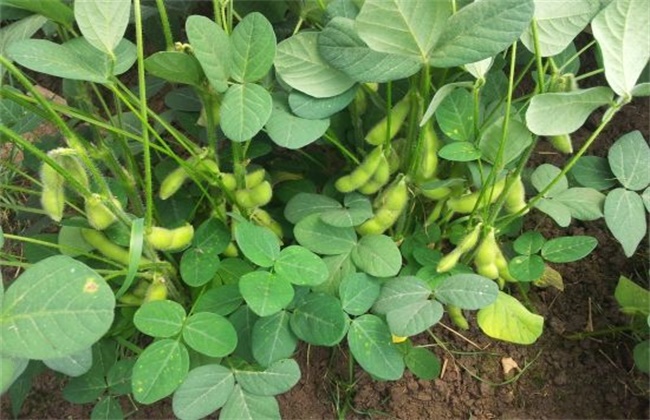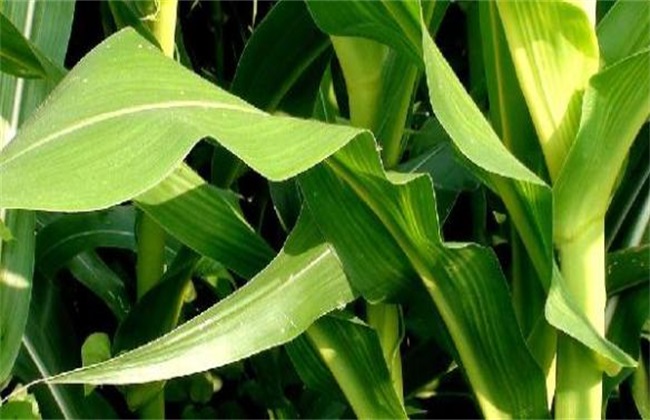How to grow taro with high yield
Taro is a vegetable that many people like to eat in daily life. it has high nutritional value and medicinal value. it can also be used to make vinegar, brew wine, extract alkaloids and so on. So how can taro be planted to produce high yield? Come and have a look with the editor.

1. Select the place
First of all, it is necessary to choose a suitable planting place. Many people think that taro likes water, so it can grow in water. In fact, it is a wrong idea. Although taro likes water, it cannot be soaked in water for a long time, and it cannot be planted continuously. Therefore, when choosing planting land, we must choose those places where the moisturizing type is better, the drainage is convenient, and taro has not been planted in the previous crop. After selecting the planting land, the soil should be ploughed and turned over, and at the same time, sufficient base fertilizer should be applied, generally mainly organic fertilizer or compound fertilizer.
2. Sowing and raising seedlings
Before sowing, suitable varieties should be selected according to the local climate. There are many varieties of taro, but they can be roughly divided into water taro and dry taro, so they should be selected according to the local environment. Generally speaking, it is the best sowing time for taro in spring, but the temperature in some areas rises slowly in spring, which can also be postponed appropriately, but it should not exceed Ching Ming Festival at the latest. In sowing, you can choose to cover plastic film or not. The amount of seeds used for taro sowing is larger than that of other vegetables, generally using about 200 kilograms per mu. The method of digging trenches is used when sowing, the row spacing of each ditch is generally about 50cm, and the distance between each taro can not be close, otherwise it is not conducive to the development and growth of taro.
3. Fertilizer and water management
Taro is resistant to waterlogging and drought, so drip irrigation can be used when watering taro. When ground cover is combined with drip irrigation, drip irrigation can dissolve all the fertilizers needed for taro growth and development in water and accurately transport them to the root range of taro. When choosing fertilizer, we can choose nitrogen fertilizer and potassium fertilizer, because they have a great influence on the yield and quality of taro. Generally, after 90 days of emergence, the absorption of nitrogen reached the peak, while about 110 days after emergence, the absorption of phosphorus and potassium reached the peak, so it is necessary to apply fertilizer in time according to its demand in these two periods to improve the yield and quality.
4. Field management
Rain Water is relatively sufficient in summer, so we should also pay attention to weeding, prevention and control of diseases and insect pests in management, and timely prevention and control once found. There are many rainstorms in summer, so it is necessary to check the conditions in time after the rain. it is best to drain and dehumidify to avoid the outbreak of diseases.
The above is the introduction of how to grow taro with high yield. I hope it can help you. If you want to know more about it, please follow us.
Related
- The first cup of black tea in spring, the flavor and history of tea gardens in Kenya, Africa
- The computer can not only choose potatoes, but also grow tea rice. AI will grow winter oolong tea champion.
- It is not only the inflated tea bitten by insects, but also engraved with the four seasons tea in Beipu.
- The Oriental Beauty Tea Festival in Zhuxian County takes the stage at the weekend to experience the plus-size feast of oil tea.
- & quot; Oriental Beauty Tea & Exploration of Emei in Hsinchu, the hometown of quot;
- The new variety of strawberry "Tainong 1" dessert is the first choice with mellow aroma. Crimson gorgeous
- History of Tea in Taiwan: from Wild Inner Mountain to Export Tea Garden
- Two types of Taiwan Oriental Beauty Black Tea won the British three-Star Award for Childhood Tea Xiang Zhang Jiaqi changed from pilot to champion tea maker.
- Banana species and varieties: the planting history of Taiwan Xianren banana and dwarf banana is long, is banana disease resistant?
- Coffee planting Technology: Qianjie Coffee from Seedling to harvesting



